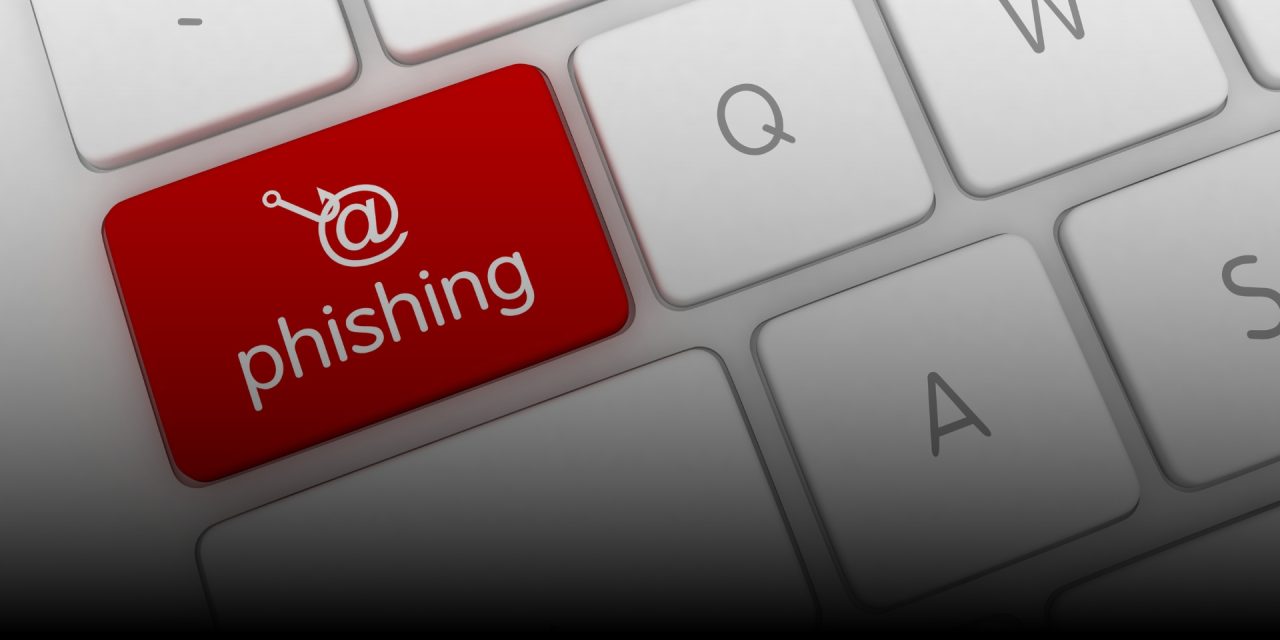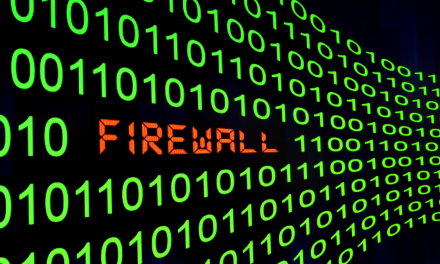Impersonation, social engineering, and use of compromised accounts to bait potential victims were some trends examined
Based on its own email protection incidence data, a cybersecurity firm has noted to phishing attacks in its client base had increased by 28% in Q2 2024.
Threat actors had been using a wide range of methods to trick users into engaging. However, one common tactic is the use of social engineering to impersonate someone the potential victim may know, or using a compromised account.
Of the Q2 phishing emails analyzed, 44% had been sent from compromised accounts. Phishing payloads have included malicious links (45%), malicious attachments (23%) or social engineering tactics (20%).
Among emails comprising impersonation attacks, 36% employed malicious links, 45% had used malicious attachments, and 15% used purely social engineering tactics. However, between 1 January and 31 August 2024, the data showed that 26% of emails had appeared to be sent from brands that were not connected to the recipient via an established business relationship. This included impersonating phone or video conferencing providers (9.7%) and impersonating mail carriers (5.3%) as part of established “missed voicemail” and “missed delivery” campaigns. The next most popular attack were ones impersonating the firm that the recipient was working for (16%). HR was the most impersonated department in these types of attacks, with cybercriminals taking advantage of employees being quick to click on supposed benefit packages or similar bait.
In the Q2 data, employees accurately identified and reported phishing emails 29% of the time.
According to Stu Sjouwerman, CEO, KnowBe4, the firm that published the internal data findings of its subsidiary Egress Defend : “These are all methods to establish credibility to get the victim recipient to click, open, or respond to a phishing email, something that should be taught with security awareness training. Analysis of phishing emails in the second quarter of this year paints a picture of what security teams and vigilant recipients should expect from modern phishing attacks.”

















